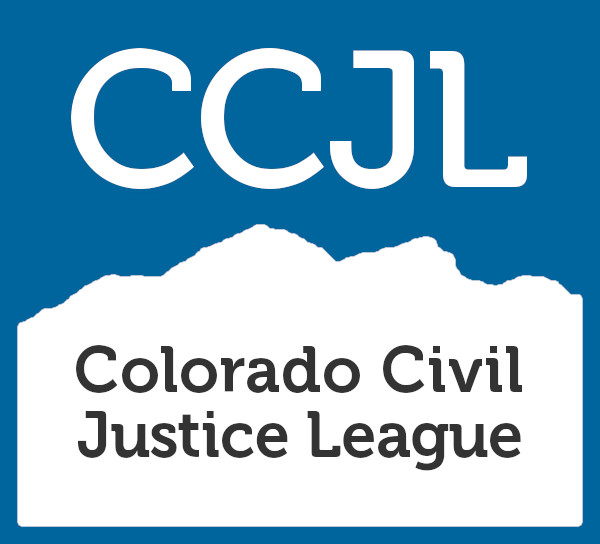Anyone wondering why insurance premiums are on the rise in Colorado need look no further than four recent decisions by the Colorado Supreme Court. Those rulings expand liability and increase litigation costs, so consumers can expect to pay more for insurance coverage.
After all, insurance companies simply set premiums to cover their anticipated costs.
As a result, a new report by the American Tort Reform Association finds Colorado teetering on the verge of becoming a “Judicial Hellhole.”
Liability-expanding decisions by the Colorado Supreme Court coupled with the prospects of a pro-plaintiff legislative agenda has created an unfair and unbalanced environment for those who face lawsuits in the Centennial State. The state appears to be moving in a dangerous direction and if it does not correct course, the Colorado Supreme Court or the state may find itself in unwanted company on next year’s Judicial Hellholes list.
Four Colorado Supreme Court decisions issued in 2018 have exposed insurers to expanded liability, which will lead to higher rates for consumers.
Each of these decisions addressed the responsibility of insurers to promptly pay valid insurance claims. That is a reasonable and common requirement, however, Colorado takes an outlier approach. Under Colorado’s bad faith law, a person can recover the amount of the covered benefit that was improperly delayed or denied, plus two times that value (essentially, triple damages), plus attorneys’ fees and costs.
Read the full ATRA Judicial Hellholes report HERE.
Meanwhile, Forbes’ Best States for Business ranks Colorado 8th overall, but 40th in costs and regulations as the state’s worsening lawsuit climate (now ranked 35th) becomes a bothersome factor.
